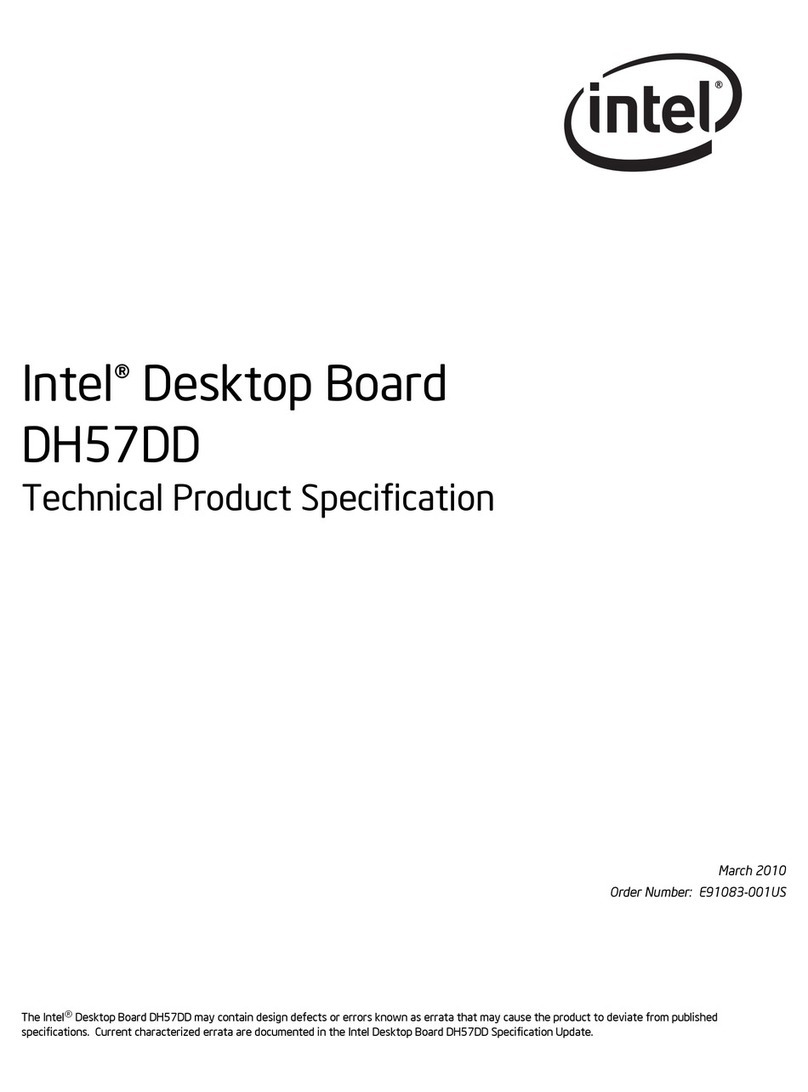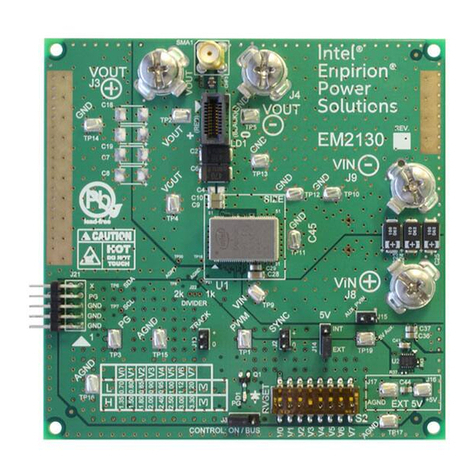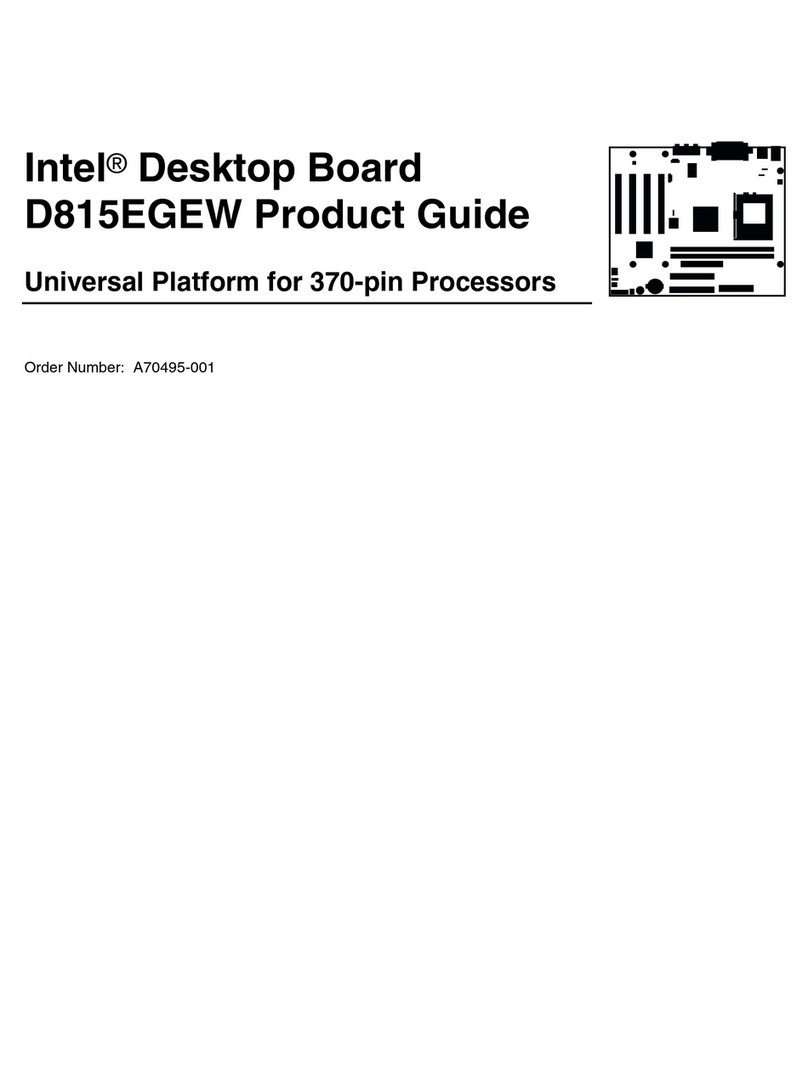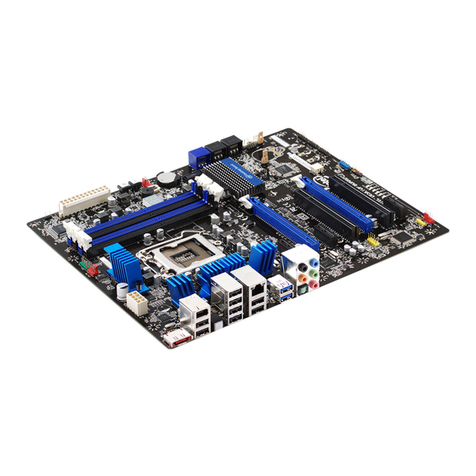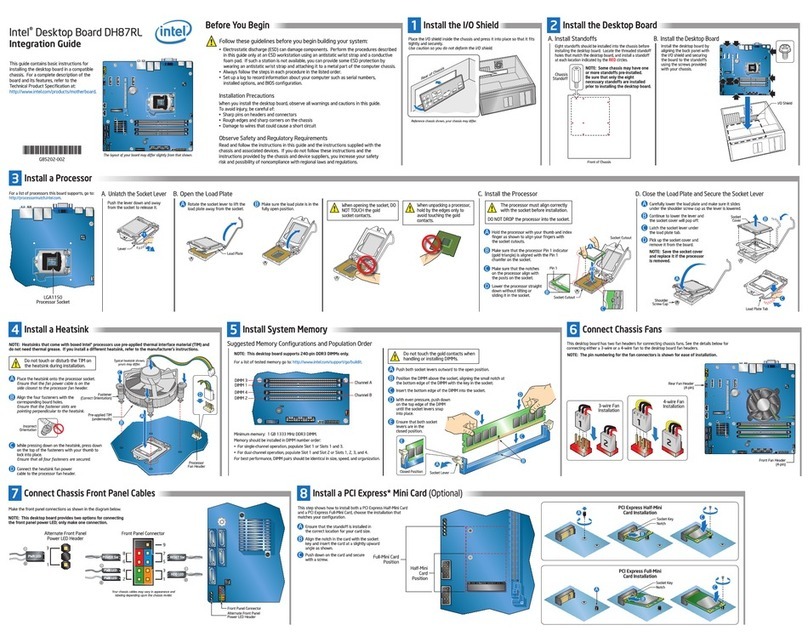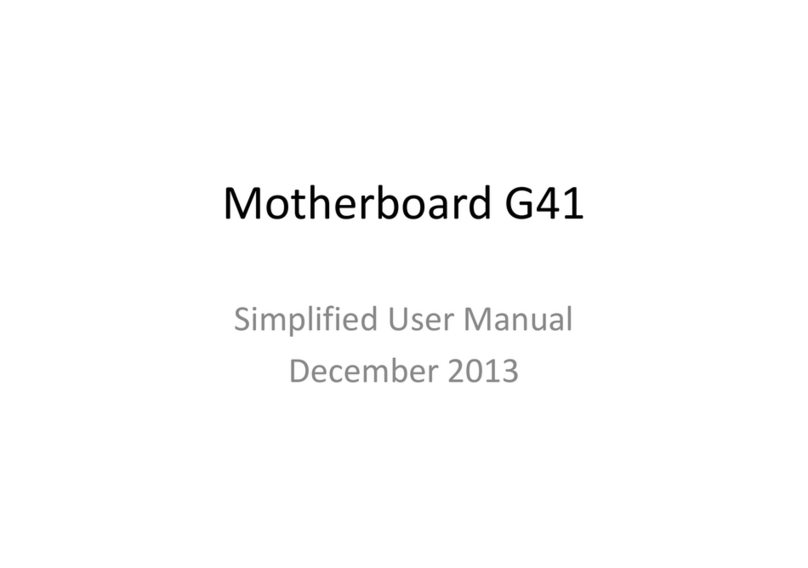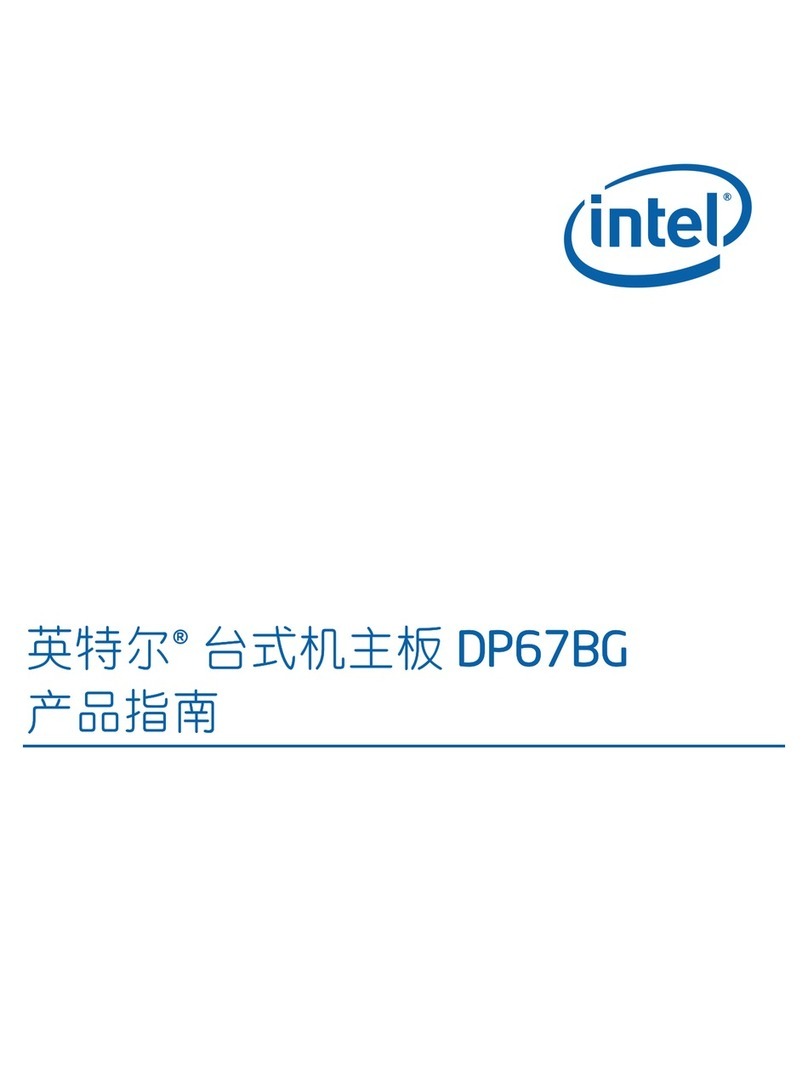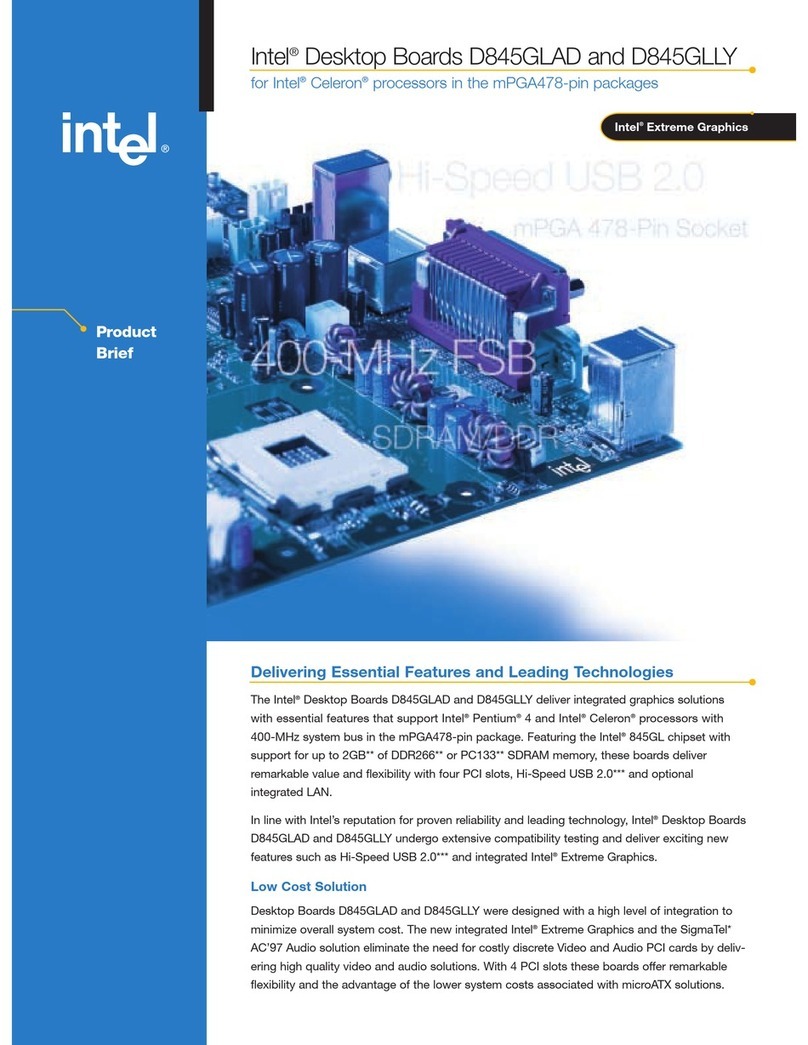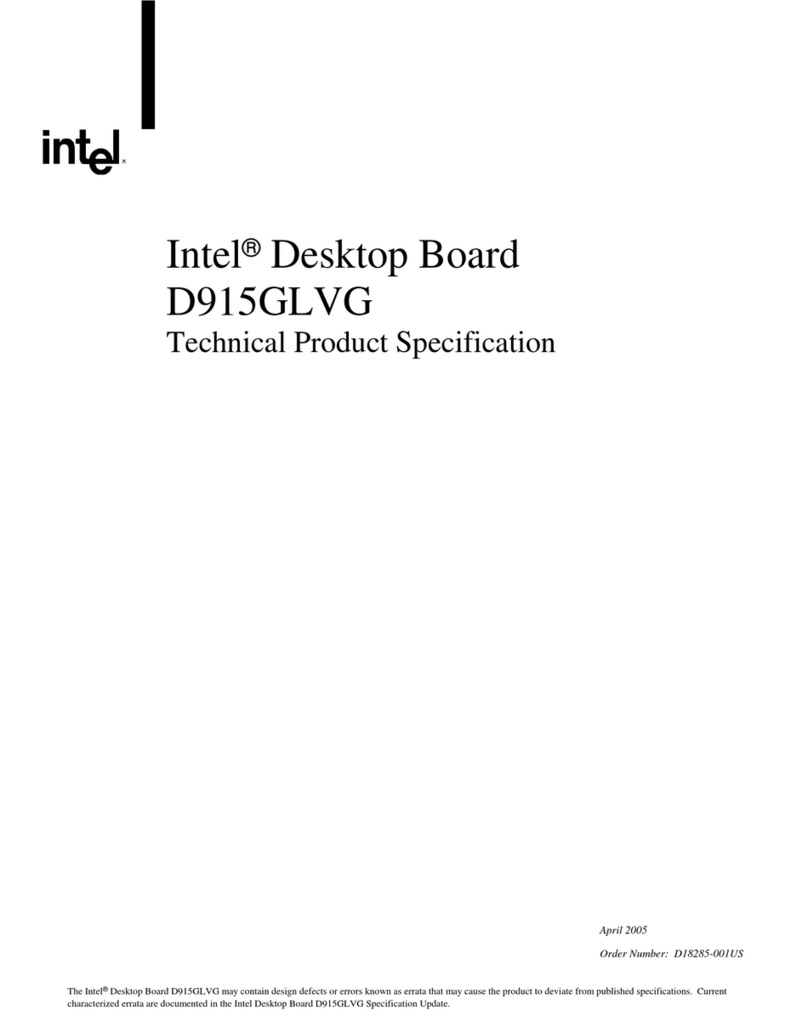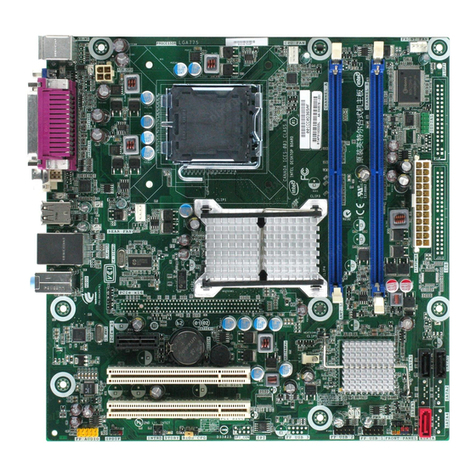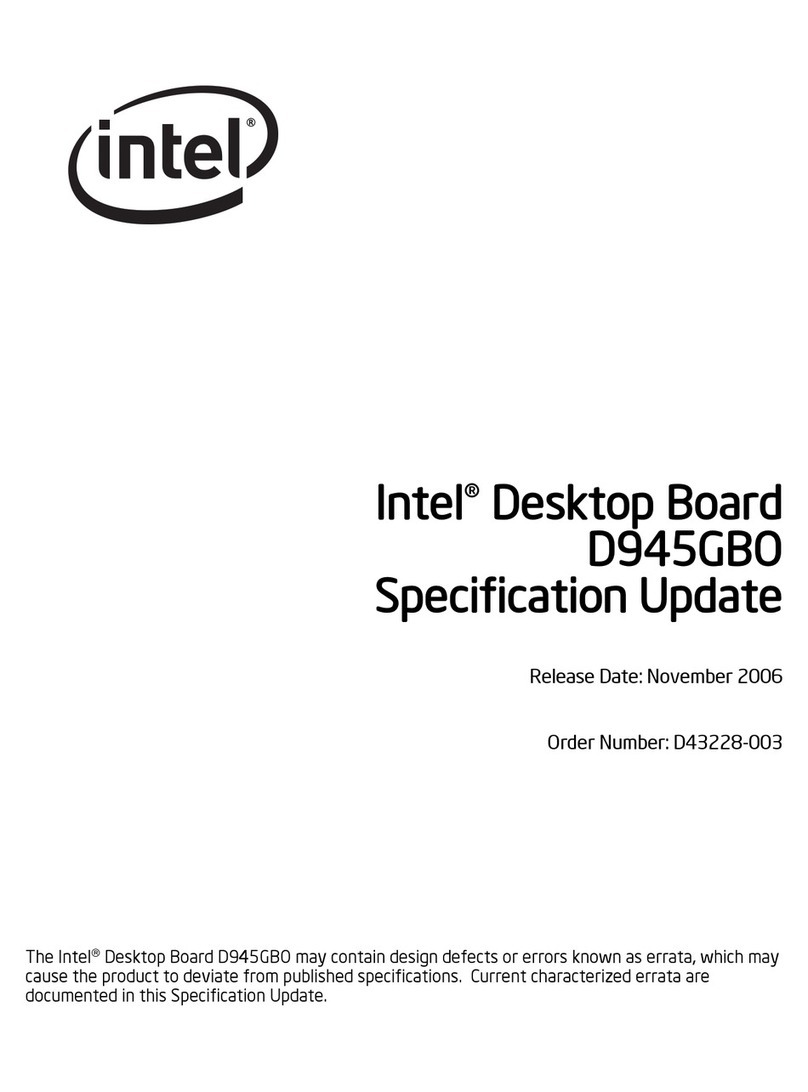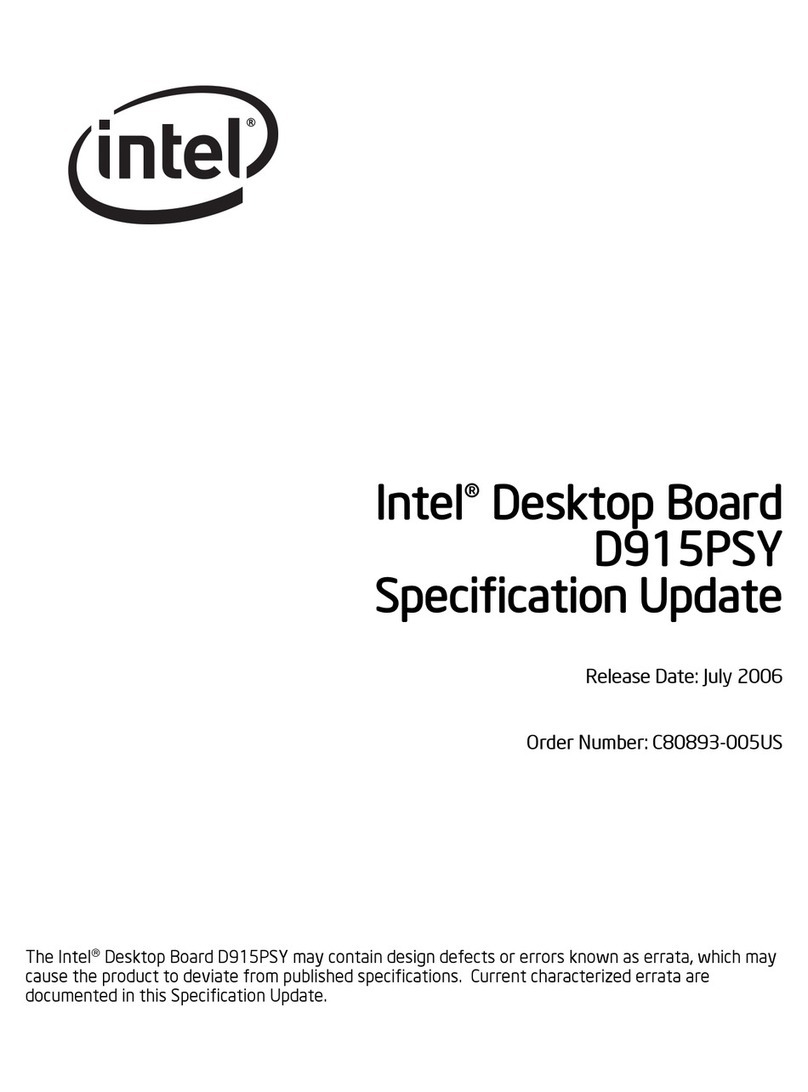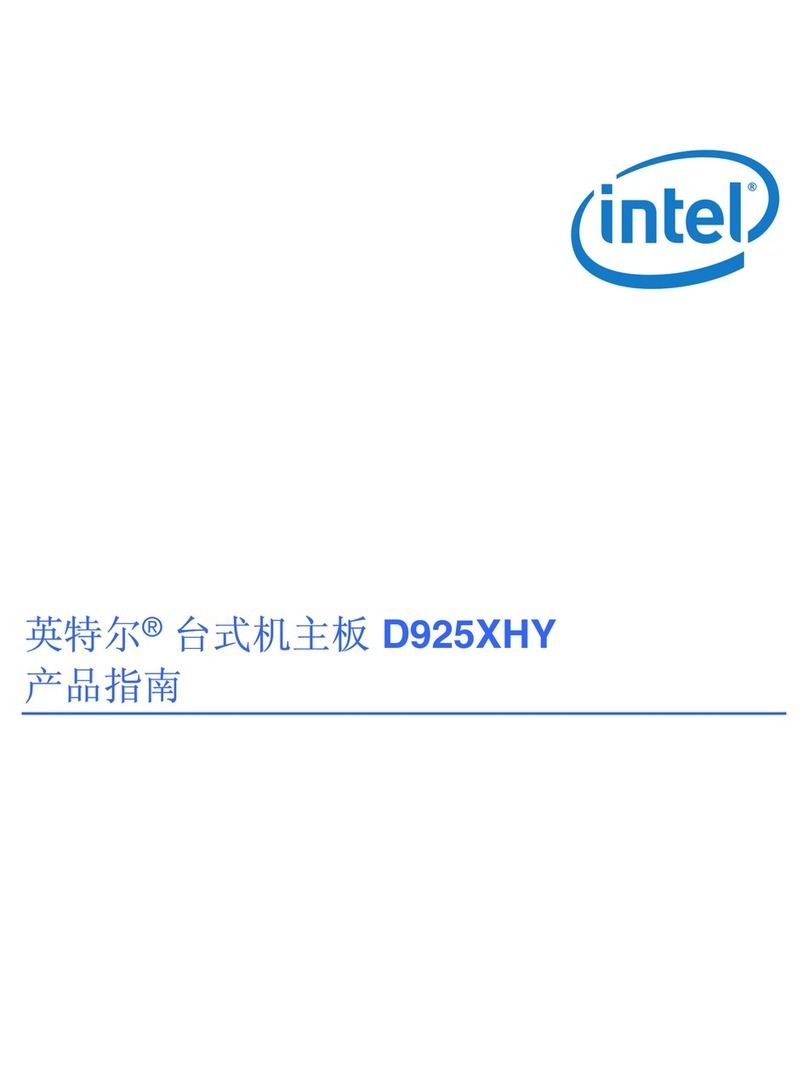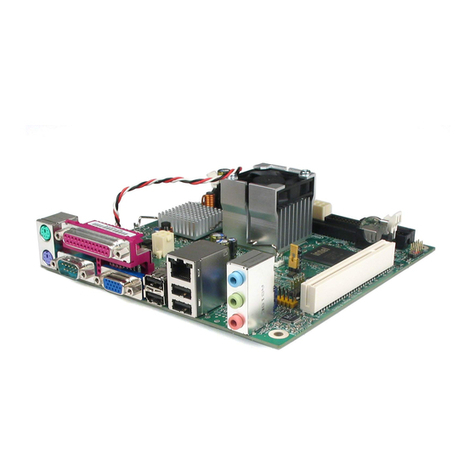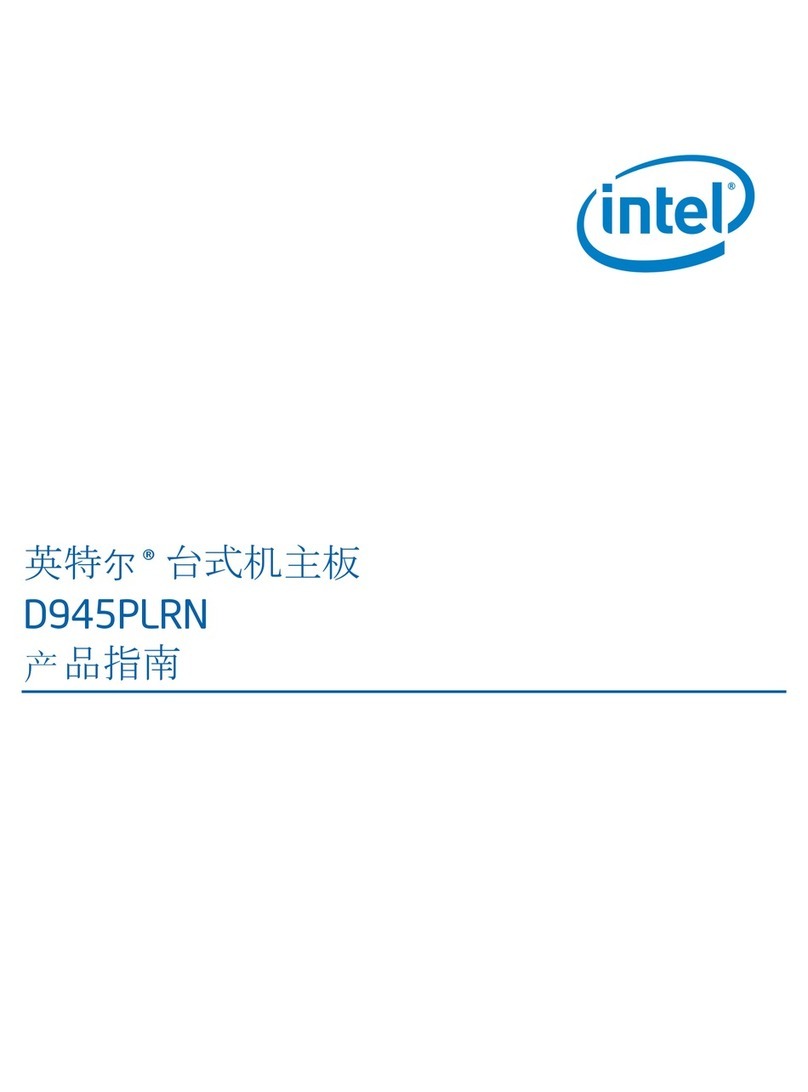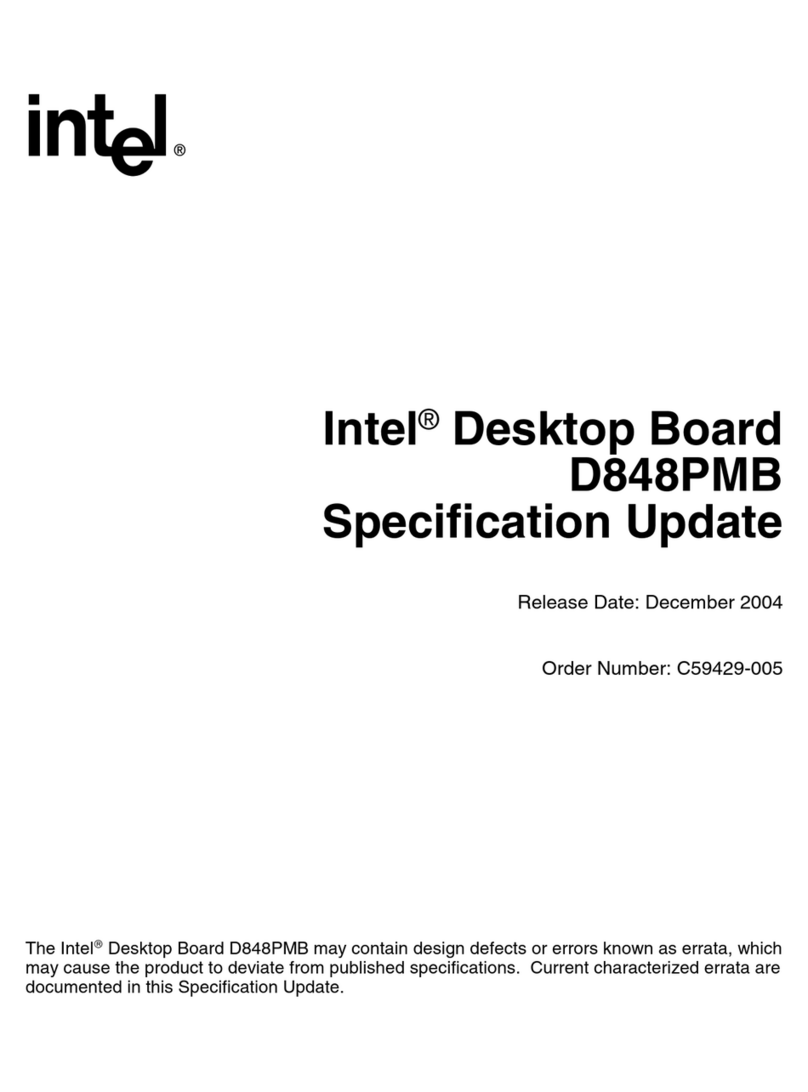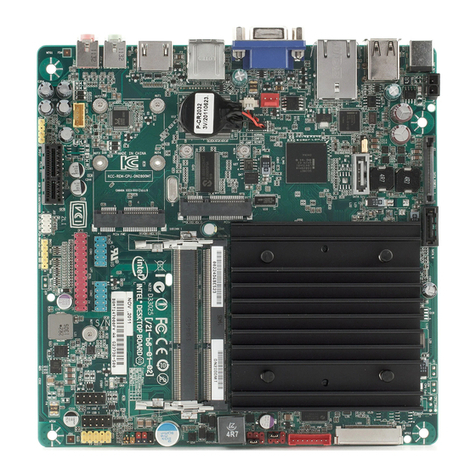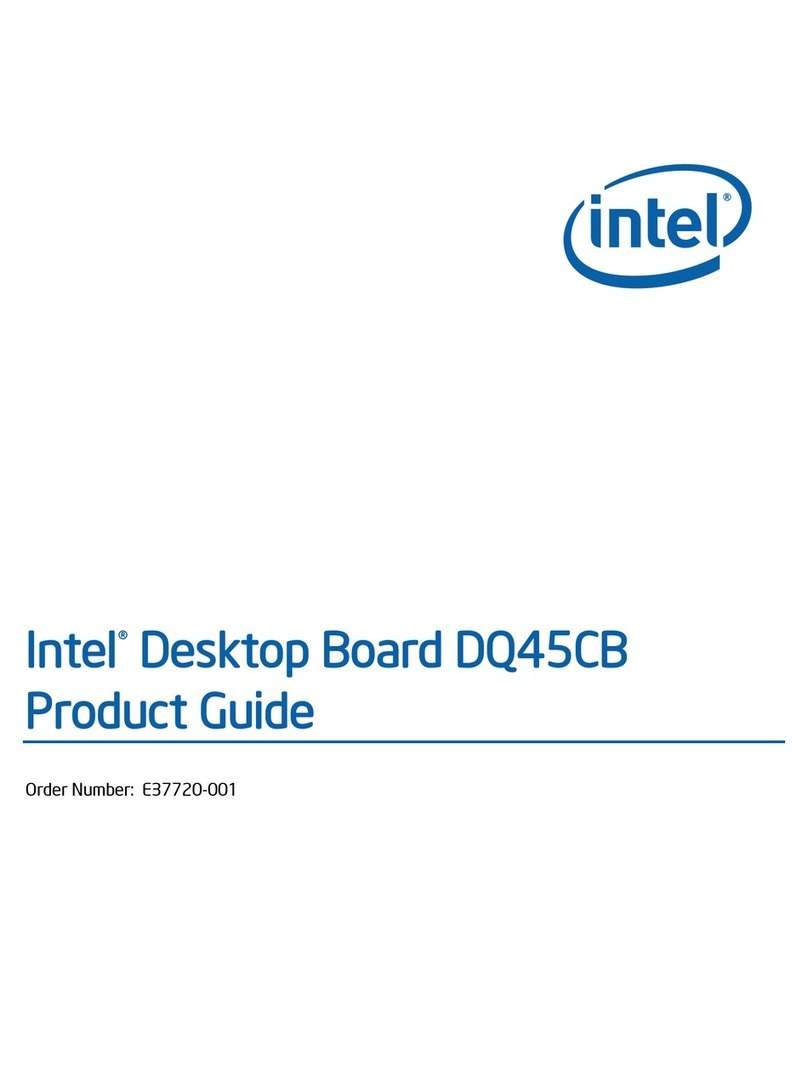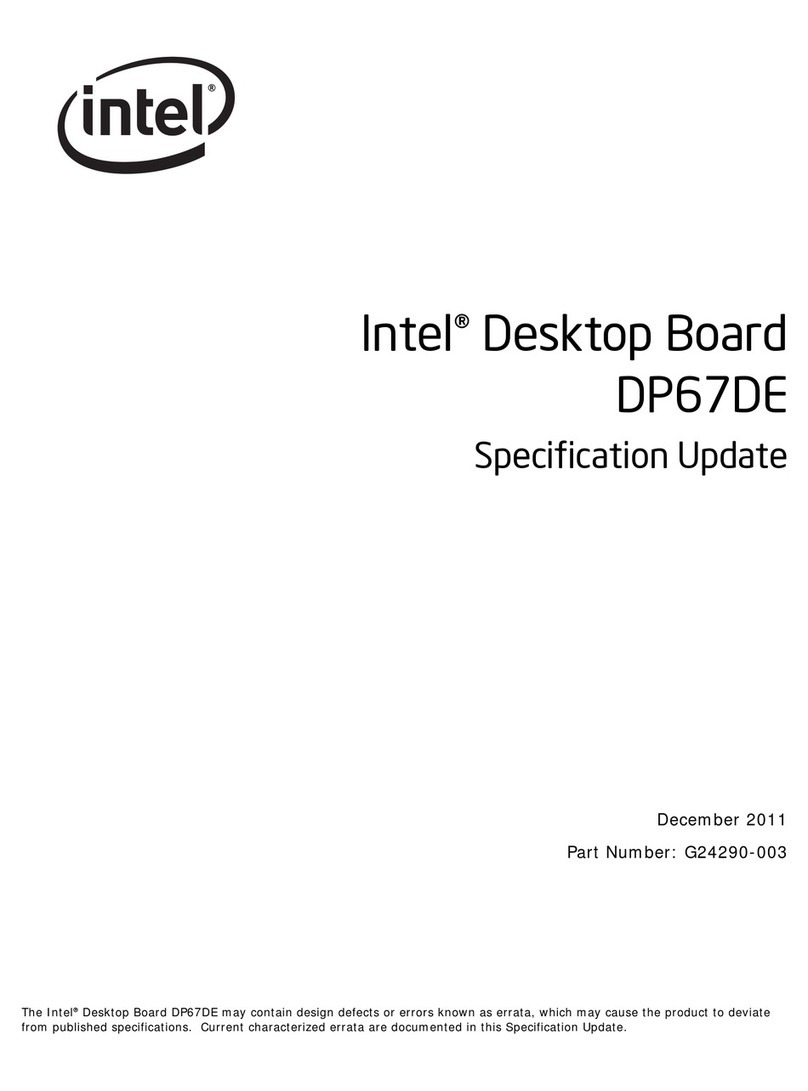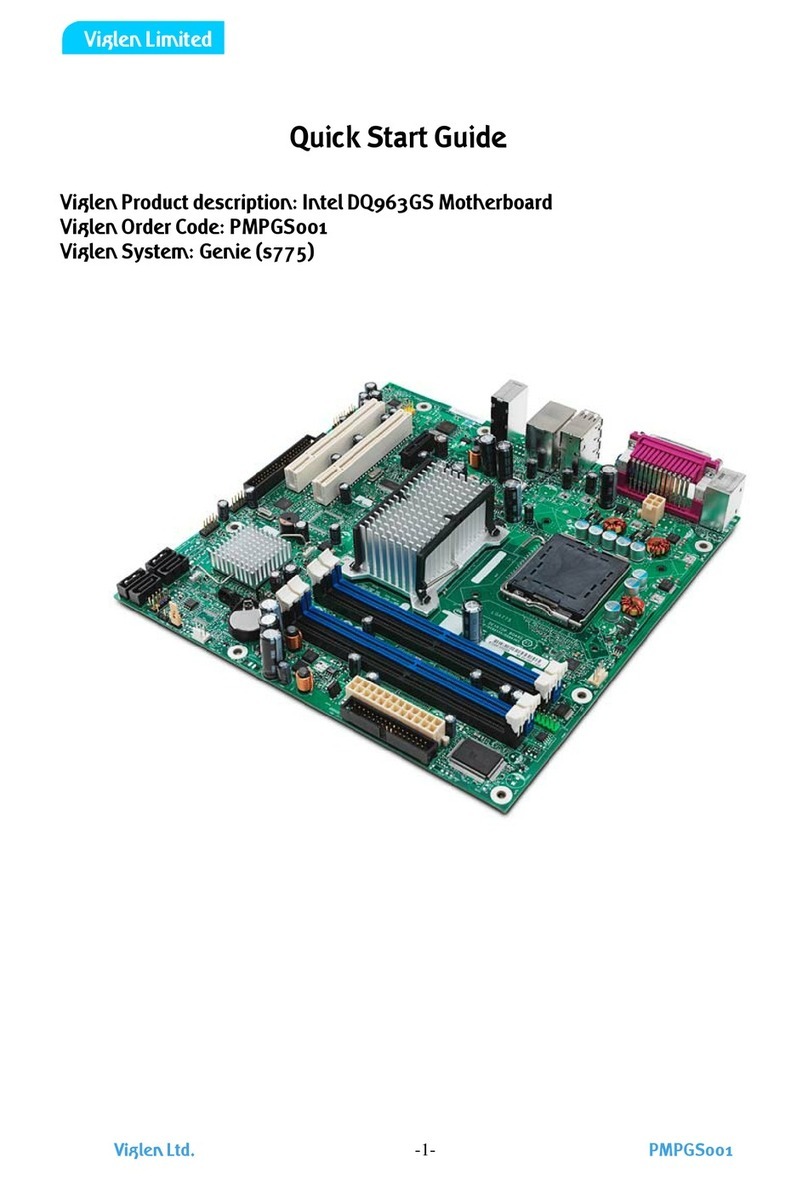
VS440FX Motherboard Technical Product Specification
iv
1.13 Jumper Settings.........................................................................................................33
1.13.1 Processor Configuration (J6D1) ..................................................................34
1.13.2 Password Clear (J6D1)................................................................................34
1.13.3 Clear CMOS (J6D1).....................................................................................35
1.13.4 BIOS Setup Access (J6D1).........................................................................35
1.13.5 BIOS Recovery (J6D1)................................................................................35
1.14 Reliability ...................................................................................................................35
1.15 Environmental............................................................................................................35
1.16 Power Supply Requirements .....................................................................................36
1.17 Power Consumption ..................................................................................................36
1.18 Regulatory Compliance..............................................................................................37
1.18.1 Safety..........................................................................................................37
1.18.2 Electromagnetic Interference (EMI).............................................................38
1.18.3 Product Certification Markings.....................................................................38
2 Motherboard Resources
2.1 Memory Map..............................................................................................................39
2.2 DMA Channels...........................................................................................................39
2.3 I/O Map......................................................................................................................40
2.4 PCI Configuration Space Map ...................................................................................42
2.5 Interrupts ...................................................................................................................42
3 BIOS and Setup Utility
3.1 Introduction................................................................................................................43
3.2 BIOS Flash Memory Organization .............................................................................43
3.3 BIOS Upgrades..........................................................................................................44
3.4 PCI IDE Support........................................................................................................44
3.5 PCI Auto-configuration...............................................................................................45
3.6 ISA Plug and Play......................................................................................................45
3.7 Desktop Management Interface.................................................................................45
3.8 Advanced Power Management..................................................................................46
3.9 Advanced Power Control...........................................................................................47
3.10 Language Support.....................................................................................................47
3.11 Boot Options..............................................................................................................47
3.12 Flash LOGO Area......................................................................................................47
3.13 BIOS Setup Access Jumper ......................................................................................48
3.14 Recovering BIOS Data ..............................................................................................48
3.15 BIOS Setup Utility......................................................................................................48
3.15.1 Overview of the Setup Menu Screens.........................................................48
3.15.2 Main BIOS Setup Screen ............................................................................49
3.15.3 Floppy Options Subscreen..........................................................................50
3.15.4 Primary/Secondary IDE Master/Slave Configuration Subscreens..............51
3.15.5 Boot Options Subscreen .............................................................................53
3.15.6 Advanced Screen........................................................................................56
3.15.7 Peripheral Configuration Subscreen............................................................57
3.15.8 Advanced Chipset Configuration Subscreen...............................................59
3.15.9 Power Management Configuration Subscreen............................................60
3.15.10 Plug and Play Configuration Subscreen......................................................61
